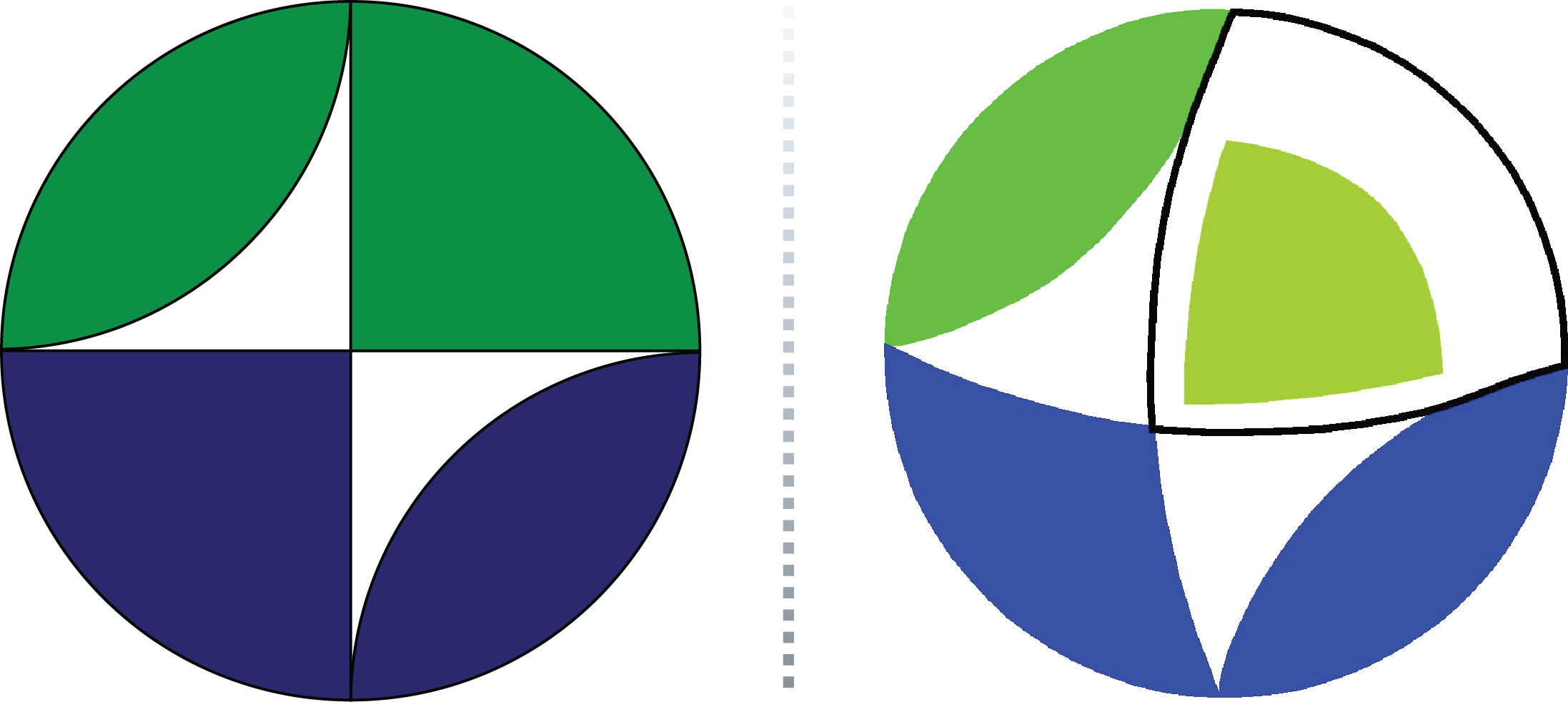Short Report International Training Course on "Seismology, Hazard Assessment and Risk Mitigation"
Concepción and Antofagasta, Chile
28 October to 1 December 2001
The International Training Course on "Seismology, Hazard Assessment and Risk Mitigation", arranged by the GeoForschungsZentrum Potsdam (GFZ), was carried out and jointly organized this year with the Universidad de Concepción in cooperation with the Universidad Catolica del Norte in Antofagasta and the University of Chile in Santiago de Chile. The course has been sponsored by the GFZ, the German Federal Foreign Office, the United Nations Office for the co-ordination of Humanitarian Affairs and by UNESCO.
The core team of lecturers from the GFZ Potsdam, Germany, was complemented by experts from Costa Rica, France, Norway, Slovenia and the United States as well as by lecturers and excursion guides from the University of Chile (6), the University Catolica del Norte (5), the University of Concepción (4) and the Department of Oceanography of SHOA in Valparaiso. The foreign lecturers provided the didactically systematic lectures and exercises on all essential aspects of seismometry, data acquisition and transmission, seismogram analysis, event localization and parameter determination (magnitudes, fault plane solutions etc.) as well as on macroseismic parameters and scales, earthquake statistics, hazard assessment, microzonation, phenomena of liquifaction and slope instability and their causes. This was complemented by lecturers from Chile and Costa Rica about seismic, volcanic and tsunami hazard and risk as well as on the state of seismic monitoring, international co-operation and data exchange in Chile and the region of Latin America and the Caribbean. The course comprized 102 hours of lectures, 74 hours of practical exercises and demonstrations, 8 hours of workshop sessions and 7 days of fascinating scientific field excursions to tsunami prone bays of Chile (Penco, Valdivia-Corral, Mejillones), into areas of significant earthquake damages and losses in the past (Chillan, Valdivia, Antofagasta), to the well monitored active volcano Villarica, to the digital broadband IRIS/GEOFON station Limon Verde, to the Chuquicamata mine and the area of the Cordillera del Sal and the Lincancabur and Lascar volcanoes near San Pedro de Atacama.
The course was attended by 22 participants from 12 countries of Latin America and the Caribbean: Argentina, Bolivia, Chile (3), Colombia, Costa Rica (2), Cuba (3), Ecuador (2), Haiti, Mexico (2), Nicaragua (2), Peru (2) and Venezuela (2). As an essential outcome of the course, the group of participants arranged a discussion forum on the "Current state of seismology in Latin America" and signed an initiative for intensified regional co-operation and data exchange in the area of seismic monitoring and hazard assessment. They intend to submit this to the regional organizations for Central and South America, CASC and CERESIS, respectively.
Prof. Dr. Peter Bormann
Course Chairman
Potsdam, 10. December 2001
